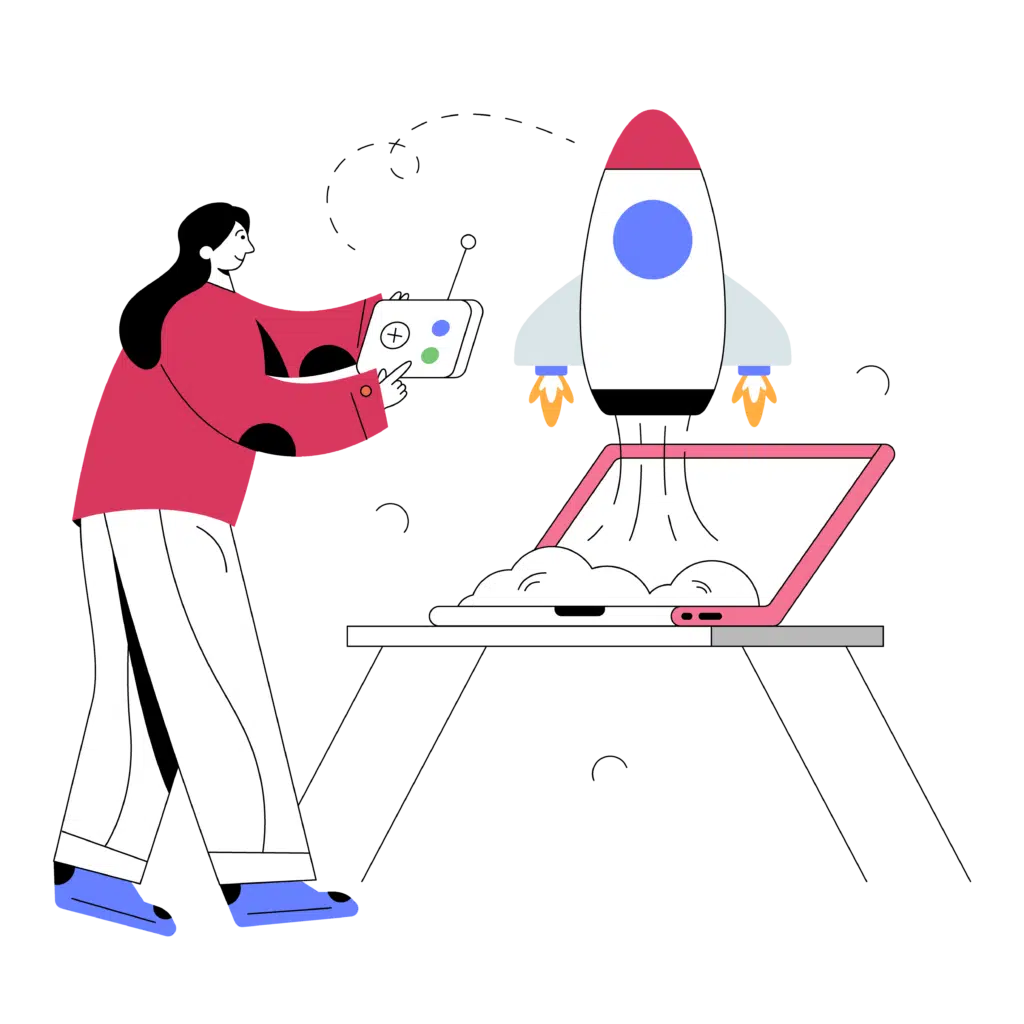Discovery Project
Discovering your project and users' needs.

Agile principles for user-focused outcomes.
Understanding the problem to be solved.
Our aim of a Discovery Project is to collect vital information to identify your project vision, goals, scope and, most importantly, identifying the problem that needs to be solved.
The discovery stage will help identify the needs of your users, helping us to understand what they are trying to achieve, as well as defining the strengths and weaknesses of the project vision. We focus on:
- Researching the needs of the user
- Defining the overall goal of the project
- Exploring the possible solutions
How we do it.
Our approach.
The more we discover at this stage, the better the potential solution and the overall outcome of the project. We’ll fully define the who, the what and the why of the project.
Defining the problem
Outlining success metrics
Understanding the user needs
Identifying potential project constraints
Opportunities for improvement
Qualitative and quantitative analysis.
Making informed, evidence-based decisions that meet user needs.
We gather qualitative user insights through surveys, interviews, and workshops.
For quantitative elements, such as task completion times, mouse clicks, number of errors, and success rates, we use lab-based research, where user observation is key.
This combined approach enables us to fully understand how users experience the current service, identify what is working well, along with the pain points, and map out interdependencies as part of an overall User Experience (UX) map.

Usable and accessible for all.
No user left behind.
Through Agile working, focused on understanding user needs and the wider user journey, we strive to keep sight of why we are solving the problem we are solving.
By applying accessibility personas and aligning with WCAG2.2AA guidance, we consider all user needs to ensure a service that is usable and accessible for a diverse user-base, and no user is left behind.
Ideas are tested with rapid prototyping; wire-framing, paper, and later, clickable prototyping. This ‘fail fast, learn quickly’ approach unearths what works best for all users.
Have a project in mind?
Give us a call or email us now to discuss your new project and how we can help.